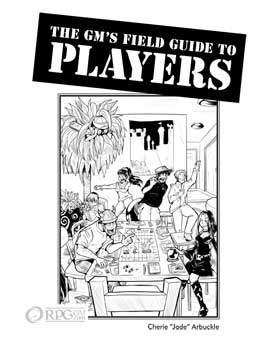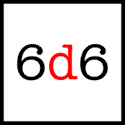Now that we know what kinds and how many of each type of business Meadowbrook has, we can work out how powerful each of those guilds are, how they relate to each other, what part they play in Meadowbrook politics.
We’ve already postulated a split of the town council between the merchant guilds and the craft guilds. Basically, every trade in Meadowbrook would have its own guild, but not all of them would be large enough to play an important factor in the town’s politics. We want the town council to be big enough to allow opportunities for politics, but not so big it becomes unwieldy for the GM.
Guilds and the Town Council
Based on sheer numbers, Meadowbrook’s most influential guilds are:
Merchant Guilds:
- Dock workers (boat-handlers would fall under the jurisdiction of this guild)
- Millers
- Livestock dealers
- Food vendors
- “Hospitality” workers (inn-keepers, pub and restaurant owners, hostlers)
I put millers here, rather in the craft guilds. While millers do, indeed, produce flour, they act more as selling agents for the grain farmers.
Craft Guilds:
- Leatherworkers
- Barbers
- Weavers
- Clothiers
- Masons (for simplicity, lets include all building trade workers here, including roofers, framers, etc.)
- Coopers
- Chandlers
Additionally, a couple of businesses would have more clout when their numbers would suggest:
Others:
- Banks/moneychangers (after all, they hold most of the town’s money)
- Fixits (because of their magical ability, minor as it is)
- Magic shop owner (the owner would be a wizard with actual class levels)
Meta-Guilds: cutting the numbers down to size
That gives us 15 council members, not including the mayor and the two magistrates. That seems awfully large for a town of 4ooo people. We can trim it down some by creating a set of “meta guilds” — guilds made up of related guilds. For instance, we can have a clothing guild, comprised of shoemakers, clothiers, tanners, and dyers. Since this is a fantasy world, we can use history as inspiration, but we don’t have to slavishly follow how the real, historical guilds worked. So, by grouping the above listed guilds into logical “meta guilds” we have:
- Dockworkers
- Grocers (those who provide foodstuffs, comprised of millers, livestock dealers, brewers, butchers, bakers, fishmongers, etc.)
- Hospitality (Inn, restaurants, pubs, hostlers — and lets add food vendors here, too, as a type of restaurant)
and
- Builders (coopers, woodworkers, masons)
- Clothing (weavers, tanners, dyers, shoemakers, milliners — let’s also include barbers here. Even though they don’t make clothes, per se, they still play an important part in developing fashion and appearance)
- Metalworkers (blacksmiths, metalsmiths — let’s also include leather workers here, since they often work closely with the metalworkers to produce their goods of scabbards, harnesses, saddles, etc.)
Finally:
- Magic-workers (fixits, the magic shop owner)
- Bankers
This gives us a town council of 8, a more reasonable size. Add in the mayor and the magistrates, we have total voting council of 11 people.
Politics
Now that we’ve figured out who comprises the council, we can figure out the politics of it. Here’s where we can start to bring in our theme of stagnation vs. growth to flesh out the bare structure and give it some life.
Basically, the town council is split into two sides: the craft guilds and the merchant guilds. We can postulate that the mayor and magistrates’ sympathies lie with which of the two groups they belong to. Or they can attempt to form a third, neutral faction. The merchant guilds would have much to gain by increasing the town’s size, revenue, trade “clout”, etc. While the craft guilds would also benefit from this, lets say they’re the older guilds in the town and are, therefore, more conservative and would perfer things remained “status quo”.
This would imply that the merchants are a newer influence on town. Perhaps Meadowbrook hasn’t been a trade town for very long — it could’ve been primarily a craft town until something changed and caused it become a stop on the trade route (we can figure out the exact reason later) within the last 5 years, or so. This could’ve caused rapid town growth, say 30%, taking the town from a population of 2800 to it’s current population of 4000. This rapid growth would also cause resentment between “old-timers” — those who were born and raised in Meadowbrook — and the “newcomers” who’ve recently moved here.
Information about medieval guilds:
Next time: Character class demographics






